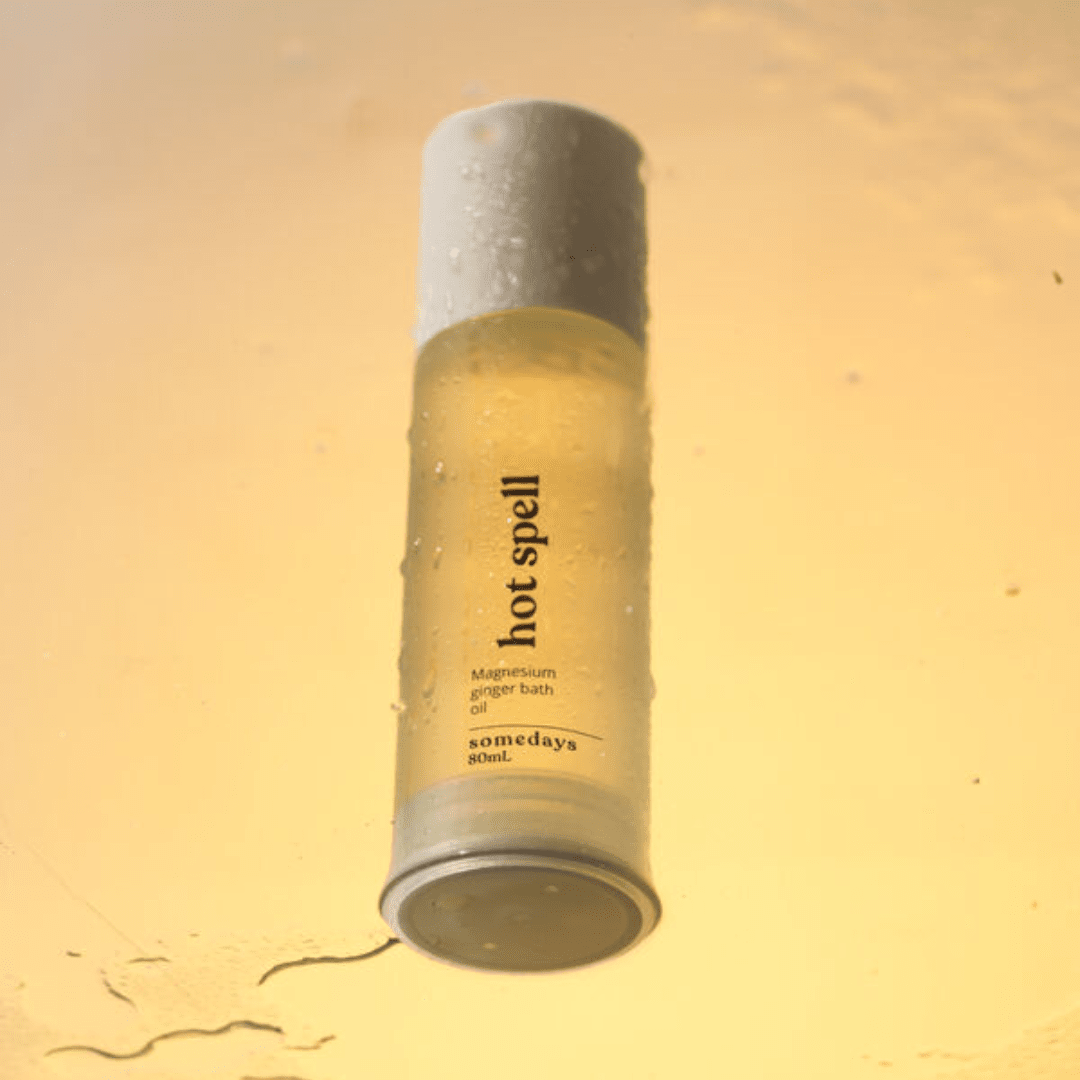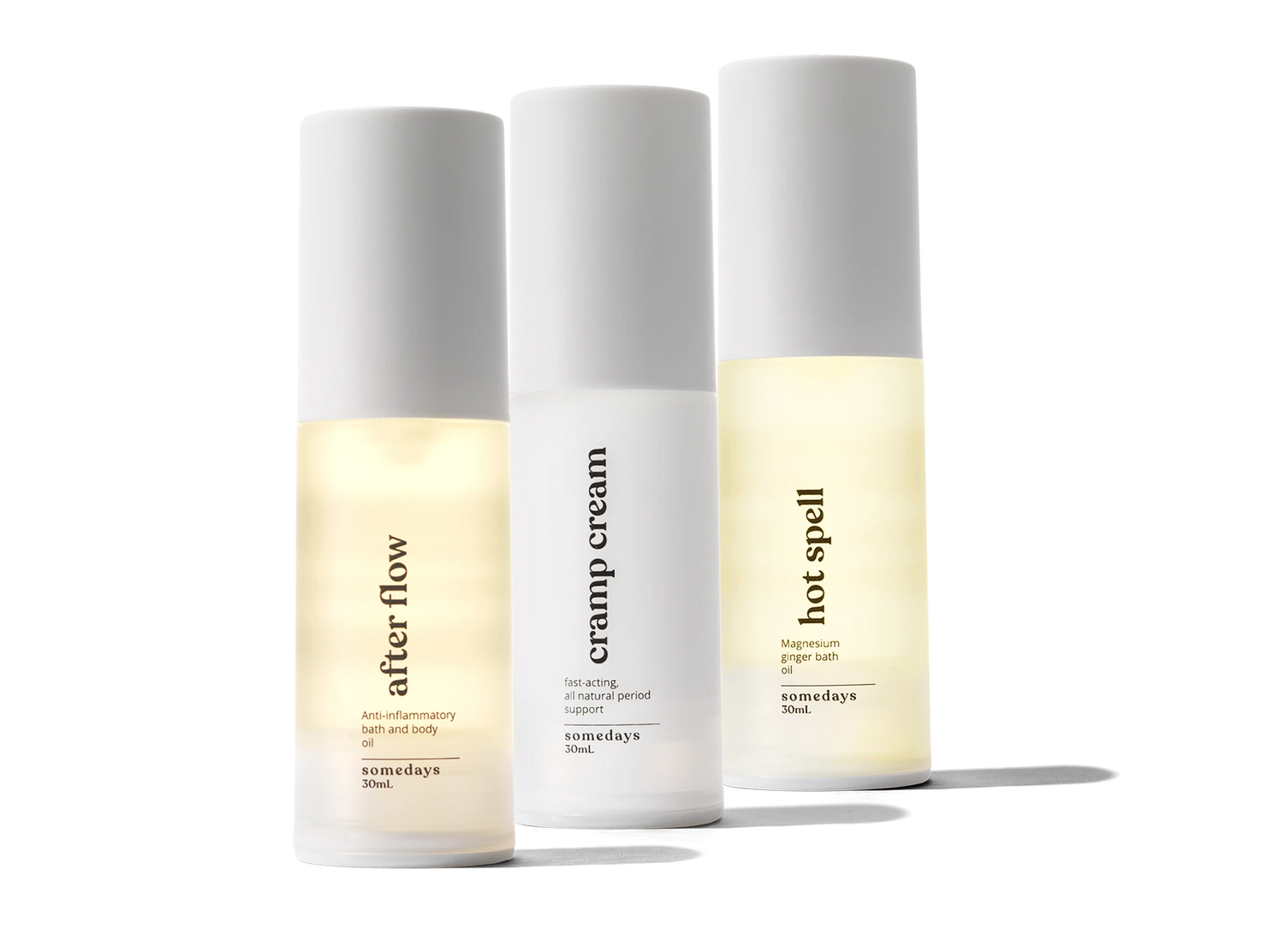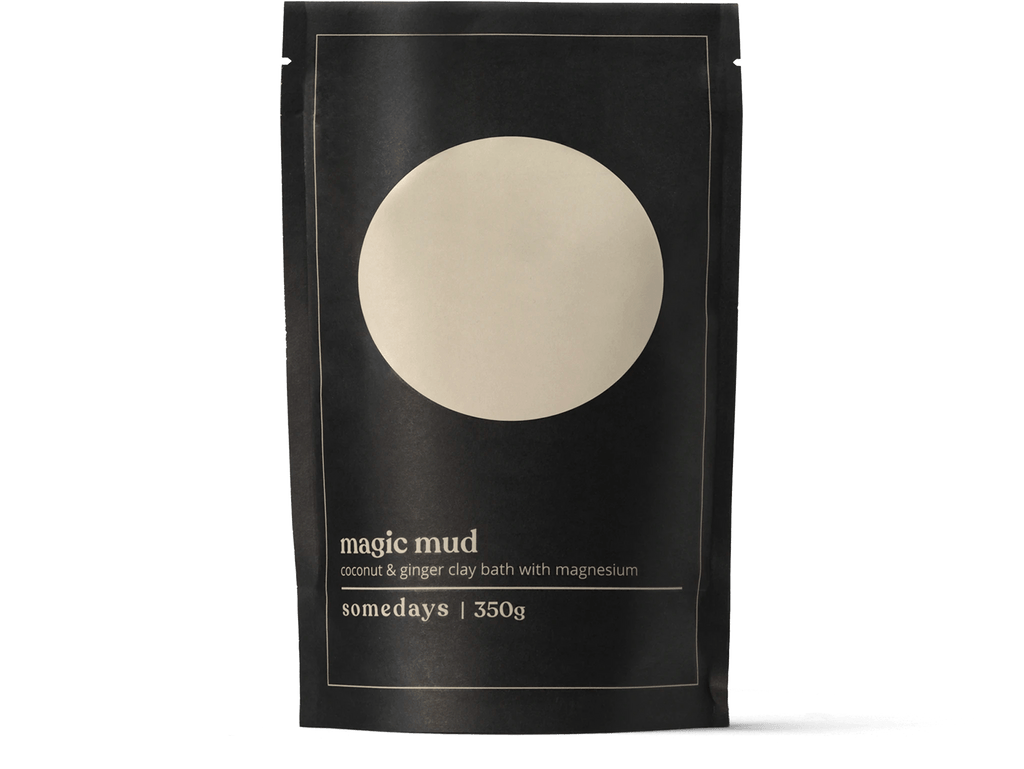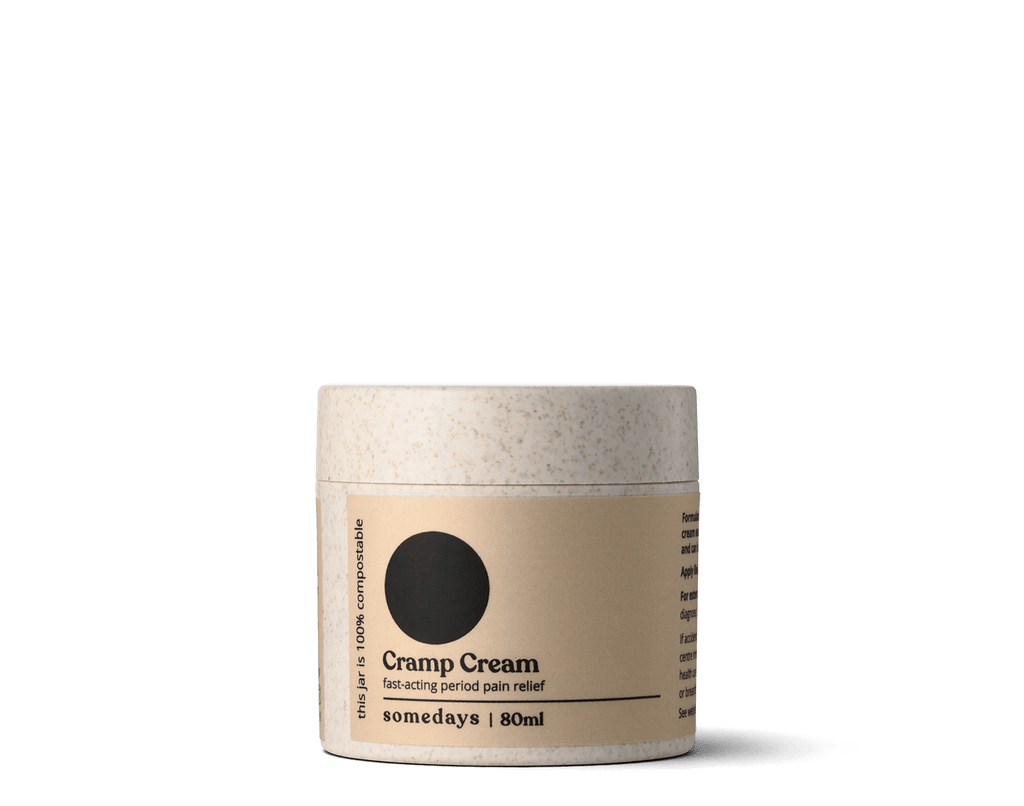Menstrual Health: How Sex Education is Failing Our Youth

My introduction to menstrual health, pre-menarche, was as follows: when I was around 14, my mum came into my room, somewhat out of the blue and drew me a diagram of a uterus on one of those notepads you get in the mail from your local realtor. It went something like this:
“you have eggs inside your body, and those eggs want to nestle to make a baby. They want to nestle so bad, that they do it every month. They need a sperm in order to make that baby, but since you don’t have any sperm in you, the eggs go alone, right along this pathway (points to fallopian tube) and nestle somewhere in here (points to uterus). When they do that, blood and bits of tissue fall out, which comes out of you and that’s your period!”
Menstrual Health and Sex Education
I sat politely, uncomfortable yet curious, as my sweet mother explained to me this process with such joy. I had heard about periods before at school: something that happens to “girls” when they become a “woman”. I waited for what seemed like a long time, and it didn’t end up being until I was 16 when I became a “woman”. I knew what the blood meant, and knew where the pads were under the bathroom sink but that was about it. I knew almost nothing about menstrual health and the many factors it encompasses.
What followed was failed tampon attempts, endlessly ruined underwear, perpetual fear about leaking into my clothes at school and everyone laughing at the fact that I have a functioning body. And then came the cramps, which I initially understood as appendicitis 2.0.
My story is probably as good as it gets for someone who went to school in the early 2000’s. As much as I was entirely unprepared for the pain, which still impacts my life on a monthly basis today, I had access to resources, family and community, who eventually guided me to feel normalized in my monthly bleed, finding myself posting “stylish” pictures of my period blood on instagram and publicly preaching free bleeding in my cheetah print Thinx underwear.
However, I can’t help but look back and feel that the place where I spent the most time, school, fell incredibly short in preparing me and my peers, of all genders, for what menstrual health actually means and looks like, why it is important, and how to manage the pain. I felt shame, projected onto me from a society that learned that shame from somewhere and my school did little to nothing to undo that history.
I learned that a period was a problem just for ‘girls’, which solidified problematic binaries and left me feeling like I couldn’t express my discomfort in front of males, because, “it isn’t their issue”. I had to learn, and am still learning, outside of my schooling, one of the most vital lessons: that my body and it’s actions are always interconnected, so my period will be affected by everything I do. This learning is crucial to our success and our empowerment, so why was it left out of the curriculum and put onto the shoulders of our parents, and most likely, ourselves?
What Does Education Around Menstrual Health Look Like Today?
1. For the Better
With a sigh of relief, a lot has changed. In the British Columbian, and Albertan Curriculum, as well as across Canada, there has been a huge emphasis on inclusion when talking about menstrual health. In a 2020 SAD MAG interview with sexual educator Sarah Maitland, she explains how things are a lot different than what some of us remember:
“First of all, in sexual health education, all genders are kept in the same room. This creates empathy. Penis owners need to know that uterus owners use tampons and pads. Uterus owners need to know that practice erections are something that happens to individuals with pensises and if you ever see that, they should never be something to make fun of”.
What Maitland points out here is crucial: young individuals and youth are inherently caring and want to support other. It is only when older generations and when their problematic societal ideas and expectations are projected and embedded in youth, that youth take on those ideas such as shame and disgust around periods. By making sure everyone knows about everyone’s body, youth are able to resist stigma and support each other openly and honestly.
In addition, the language used in physical and sexual health education classrooms is expected to be gender neutral. There is a large focus on exploring all bodies and what different types of hormones your specific body makes, rather than creating a binary by saying girls feel this and boys feel that. Maitland explains:
“Kids are still figuring this stuff out and, as adults and teachers we really need to think about how our gendered language doesn’t leave much room for young individuals to discover things on their own”.
The supplemental resources outside of the education curriculum, are also incredibly inline with these changes. The SHORE Centre, an organization supporting Sexual Health Options, Resources and Education in Kitchener, Ontario, as well as Teaching Sexual Health Alberta, have many free period and menstrual education resources for teachers and educators, which outline best period practices within the classroom.
In this SHORE resource, there is even an activity plan where students roleplay how they would support someone who just got their period at school. It is clear that there is a shift towards teaching communal care when it comes to our bodies and their functions, rather than isolating the individual and their gender, to just “deal with it”.
2. For the Worse
Whilst the changes outlined above are vital in tackling sustainable change when it comes to shame and stigma around menstruation, there is always growing that needs to occur. For many school districts and education systems, it is up to the P.E. teacher to cover sexual health topics every year. Without leaning too heavily on stereotypes, many P.E. teachers, especially at the high school level, aren’t able to effectively address topics like menstrual health in nuanced and emotional ways, and may not even address it at all.
Just because it is in the curriculum, doesn’t mean it makes its way into the classroom. Luckily, there are many third party organizations, such as Options for Sexual Health in B.C., SHORE in Ontario, and Teaching Sexual Health in Alberta, that have a team of educators which a school can hire to implement their sexual health training. Whether the school sees that as necessary, is not guaranteed.
What About Discussions of Pain?
There seems to be little to no discussion of period pain within the menstrual education curriculum and resources, and more of a focus on keeping a ‘positive’ and ‘encouraging’ conversation around periods. Whilst this is an attempt to steer away from fear mongering tactics which have been present in sexual education since it’s beginnings (ex. ‘you have sex, you die’), not including a serious of discussion of pain leaves menstruators underprepared for any pain they may experience.
An initiative in New Zealand, called ME or Menstrual Health and Endometriosis, is attempting to fill the void in education around menstrual pain. Since 1996, ME has been providing short, in-class presentations to students ages 14-18, where they talk about menstruation, the types of pain and symptoms that most menstruators have come to experience versus more severe symptoms that may be a sign of endometriosis.
In a study conducted by ME, it was discovered that due to the lack of education around what type of pelvic and menstrual pain is considered severe, there is an 8 year diagnosis delay for individuals with endometriosis since they themselves do not understand that their pain and symptoms are severe. In addition, an average menstruator suffering with endometriosis usually visits primary care doctors for three years, prior to a gynecologist referral.
We know that the lack of research around endometriosis and severe menstrual pain does play a huge part in the delayed diagnosis, however ME also notices the lack of education around this very common condition, affecting 1 in 10 menstruators, and how that can play a huge role in self advocacy within the doctors office. ME’s mission for early intervention and differentiating between ‘discomfort’ and ‘severe agony’ in regards to menstrual pain is what all menstrual education programs need, in order to empower individuals to understand the unique spectrum of their own pain.
The Caring Approach
As an educator, a community member, a parent or a youth, what is vital, above all else in menstrual education and support is prioritizing care for yourself and for others. Focusing on scientific language around menstruation, which many sexual health curriculums tend to emphasize, is important in understanding the facts.
But when hormones are involved, we all know how emotional it can get, and with period pain as a factor, there needs to be an emphasis on care. Provide your students with all the information about their body, it’s systems and what’s considered normal and not.
Then bring it back to compassion. Ask: how can I support myself when I’m menstruating? How can I make others who menstruate feel safe to ask questions and ask for support? Because once the youth have strong support, community and resources, they will almost always come back to compassion and care above all else. So let’s realize our responsibility in helping them in that journey.
Previous Article All Articles Next Article
All ArticlesMagic Mud
A concentrated, invigorating bath blend of ginger root and magnetic clay to ease pain and promote deep muscle relaxation. Mix it into a paste for a direct and intense effect or simply add to a warm bath for overall relief. Contains 350g
$36.00
ADD TO CARTCramp Cream 80 ml
Formulated with natural plant based ingredients, Cramp Cream eases period cramps instantly, lasts up to 3 hours and can be reapplied as needed. It is a natural anti-spasmodic and anti-inflammatory that addresses period pain at the root cause, making it an excellent alternative to traditional pain killers.
$32.00
ADD TO CART




